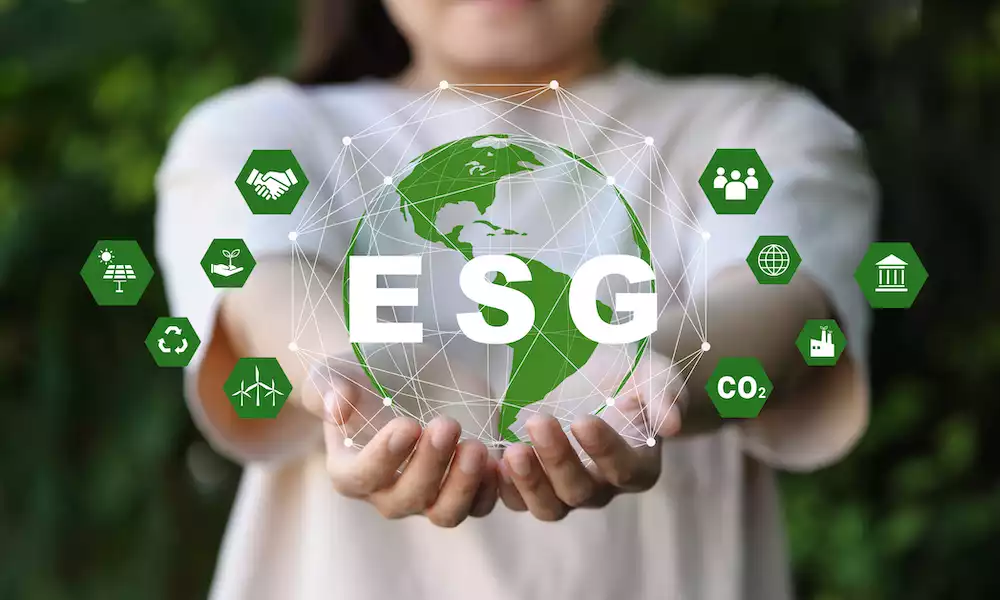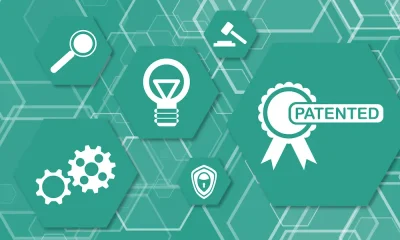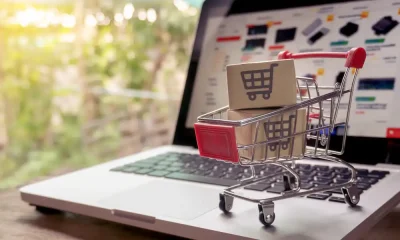Management
A Model of Sustainable Business Growth

What does it mean to have a sustainable business?
First, let’s look at what it does for companies. In business, sustainability is resource utilization.
Plus, it’s designed to change the mindset of business owners and the brand’s perception.
Sustainability is now central to the evolution of the company. It must support creating and delivering value to benefit a company and its customers, suppliers, and investors. Plus, at the same time, it fosters healthy relationships with society and the Earth’s environment.
Sustainability of this sort is a worthy aspiration and objective for any enterprise. However, owners of small or medium-sized businesses considering planned expansion or dealing with the sudden onset of growth would do well to concern themselves with another type of sustainability: sustainable business growth.
Once growth is achieved, attaining and maintaining a sustainable growth rate is any business owner’s next major challenge. Value creation demands must be balanced against the supply of finite resources deployed in creation processes.
Sustainable Business Growth Defined
Sustainable business growth is the maximum growth rate achievable via utilizing existing cash flow without increases in leverage or debt.
Put another way, the break-even point at which sales exactly cover expenses is the bottom or floor for growth. The sustainable growth rate is the ceiling or the maximum sales can grow without exhausting cash flow and requiring new financing sources.
In an ideal world, profits could be grown without additional capital investment. In the real world, growth inevitably entails increased output, which drives demand for increased input of various types. However, some companies steadily ride the tide of change without getting swept into the whirlpools of gathering debt, growing inefficiency, and receding quality.
Sustainable Business Traits
Let’s look at some of the common characteristics of this type of business.
A sense of purpose
Companies that achieve sustainable growth are driven by a sense of authentic purpose. From the executive suite to the mailroom, everyone knows precisely why the company does what it does.
Genuine purpose inspires emotional engagement within the company and with customers and partners, consistent focus and continuous innovation.
An authentic sense of purpose and the resulting clarity of vision make it easier to create a unique selling proposition that identifies a product or service as different from and better than the competition.
A strong brand identity
The brand comprises the emotional link between a company and its customers. This attachment evolves as a developing relationship that keeps consumers loyal to the company for products that satisfy their needs.
A stable return customer base ensures the consistent cash flow key to a sustainable business model.
Building a solid brand requires narrowing the focus to choose a target audience for goods or services.
Companies with strong brands have put in the time and effort needed to get to know their customers, connect with them to inspire them and build confidence in their products and services.
When considering brand development, use this free brand positioning template to put your brand above the competition and to realize that delivering a simple, inspirational message will be far more effective than explaining every feature, function, or benefit of a product or service.
The good news is that today’s online publishing and social media culture makes it easy to message a customer base, even on a bare-bones marketing budget.
A dedication to efficiency
Inefficiency translates to waste – the enemy of sustainability. The easiest way to cut inefficiency for most businesses is to improve resource management and planning strategies. Using tools like this helps remove sources of waste, error, redundancy, and delay and can move a business toward sustainable growth.
Reduce plastic use
Plus, it doesn’t hurt to reduce your business’s use of plastic as part of your resource management improvements. Replacing your plastic packaging with a renewable source is a crowd-pleaser and one your brand can use in marketing.
Sustainable Growth Sustains Success
Embracing a sustainable business growth model reduces risk and enhances future potential.
Applying sound resource management principles, avoiding debt, viewing growth as a long-term process, and eschewing the short-termism widely perceived as endemic in UK company practice are all strategies for ensuring any enterprise’s sustained success.
What are some of the sustainable industries? See our article on rapidly growing green industries.
Environment, social and governance (ESG)
ESG stands for environmental, social, and governance, and it’s a set of criteria that investors use to evaluate a company’s sustainability and ethical practices. This framework considers various factors, including a company’s impact on the environment, its treatment of employees and customers, and its overall governance structure.
By considering these factors, investors can better understand the risks and opportunities associated with a particular investment and make more informed decisions about where to put their money. For more on this topic, see this article.









